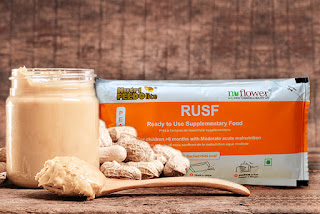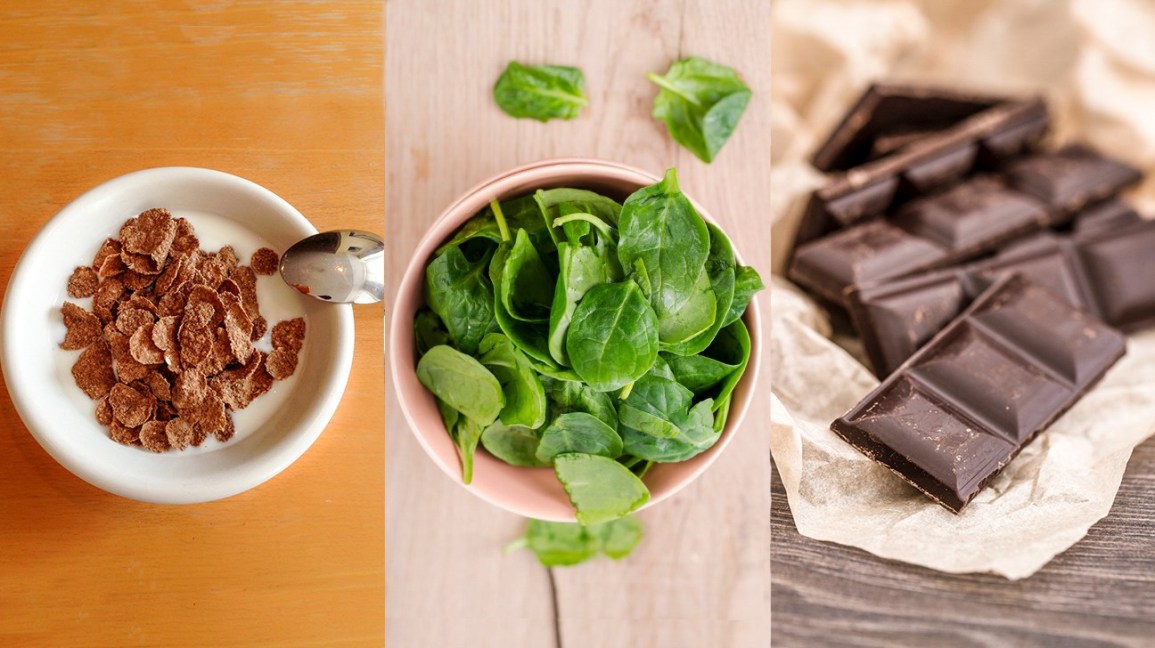From Plant to Pack: How We Manufacture WHO-Compliant RUSF at Scale in India
In 2025, the world continues to struggle with one of the
worst threats to children under the age of 5 – Malnutrition. In war-affected,
famine and poverty-stricken areas, malnutrition (both moderate and severe)
continues to pose a threat to the well-being of children, causing more misery
amidst an already troubled population. In severe cases, RUTF with intervention
might be needed, but in the case of moderate malnutrition, relief comes to the
affected population in the form of RUSF.
One might think that MAM is not as dire as SAM, but the
harsh reality is that MAM seldom shows signs but drastically affects a child’s
immunity, growth, and cognitive development, causing adverse effects in the
future. RUSF serves as a beacon of hope for kids diagnosed with MAM, who are on
the brink of transitioning to SAM.
At Nuflower, our manufacturing facility produces 6 MT of
WHO-compliant RUSF/RUTF
products at scale. These products are not only scientifically
formulated but are also socially impactful in the fight against malnutrition.
In this blog, we walk you through the manufacturing process at Nuflower and
what it takes to produce this life-saving product from plant to pack.
RUSF is a highly efficient, nutrient-dense, shelf-stable
paste designed to treat children suffering from moderate acute malnutrition
(specifically in the age bracket of 6–59 months). Nuflower’s life-saving RUSF
is made from peanut paste, vegetable oils, milk powder, sugar, and
vitamin-mineral premix, making for a ready-to-eat product ideal for rural or
emergency settings. This is essential in areas where resources are limited and
the child stands the risk of transitioning to SAM.
In a nutshell, this is what RUSF is and what it does:
- Energy-dense
and high in fat and protein, promoting weight gain and muscle repair.
- Fortified
with essential micronutrients such as iron, zinc, vitamin A, and folic
acid, which are often deficient in malnourished children.
- Safe,
hygienic, and shelf-stable for up to 24 months without refrigeration.
- Designed
for easy consumption directly from sachets, requiring no preparation.
RUSF has been known to significantly reduce the risk of
mortality in children with MAM and improve recovery rates more effectively than
traditional solutions.
How is RUSF made at Nuflower
- Responsible
Ingredient Sourcing: India is one of the largest producers of peanuts in
the world, making it easily accessible for us to source the highest
quality of peanuts. Apart from our hero ingredient, we also take utmost
care to ensure thoughtful procurement of other materials to ensure the
highest quality of RUSF
products for children globally.
- Nutrient-Precise
Formulation: We use a tried and tested formulation that blends macro and
micro nutrients for the child’s recovery and journey to a healthy life.
Each sachet of Nuflower RUSF is a testament to our commitment.
- Hygienic,
High-Precision Processing: We ensure stringent hygiene checks across the
process and streamline our production to meet the highest levels of
precision.
- Secure
and Functional Packaging: We pack each sachet of RUSF with utmost care,
ensuring 2 years of shelf life and easy consumption for kids.
- Rigorous
Quality Control and Testing: Quality is at the heart of what we do. Each
sachet of RUSF is a testament to our commitment to quality and our
lifelong mission of saving lives.
Our products save lives across 42 countries in Asia,
Africa and Latin America through partnerships with humanitarian
organisations, government health departments, and UN agencies. During
humanitarian crises, Nuflower has deployed the agility to ramp up volumes and
support emergency nutrition efforts swiftly. Our mission is to empower children
with quality RUSF and to make them immune to the dire consequences of
malnutrition. Know more about our products at www.nuflower.com, and
join us on our mission to make the world a better place.
More information :- https://www.nuflowerfoods.com/blogs/from-plant-to-pack-how-we-manufacture-who-compliant-rusf-at-scale-in-india/




Comments
Post a Comment